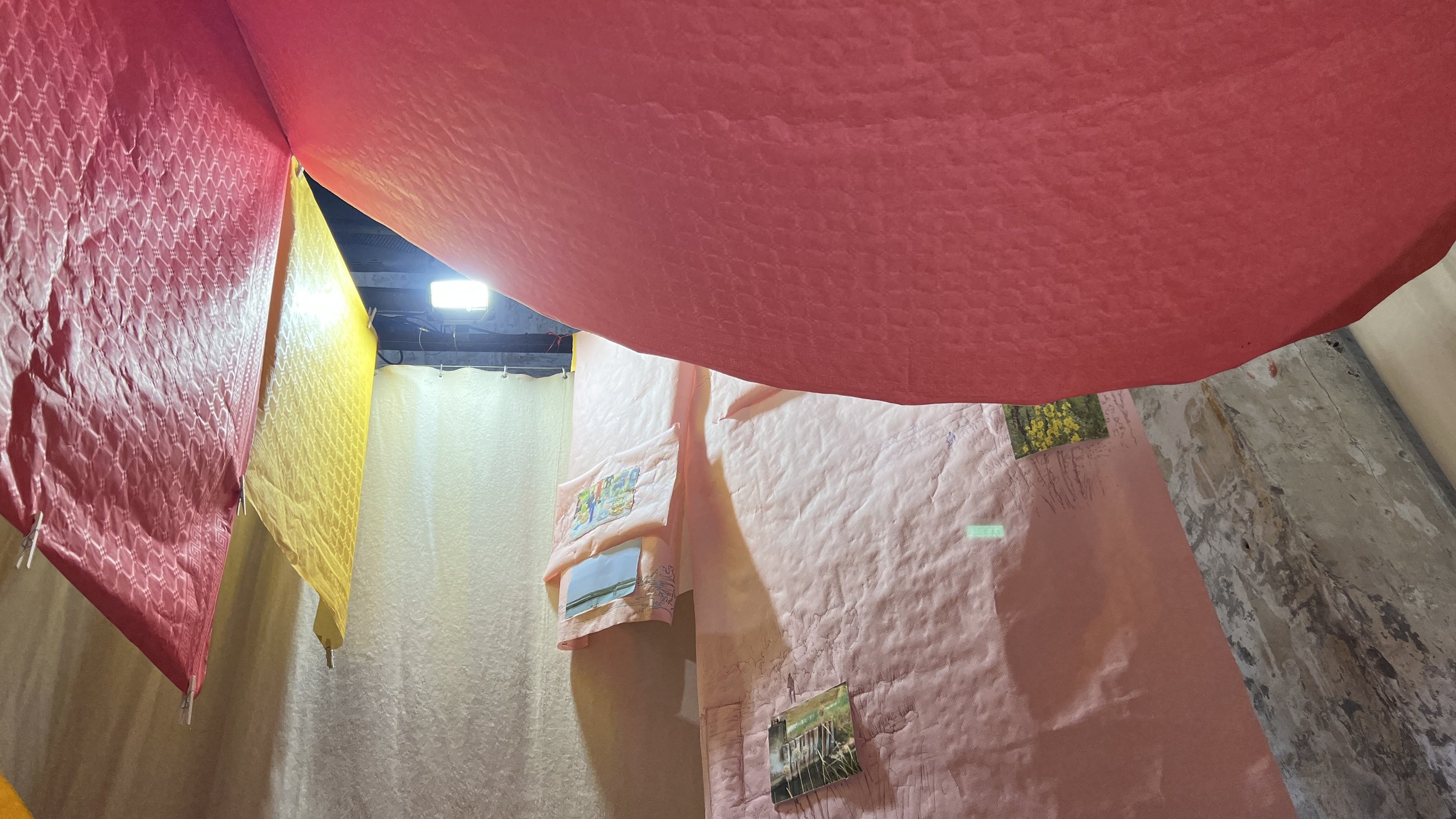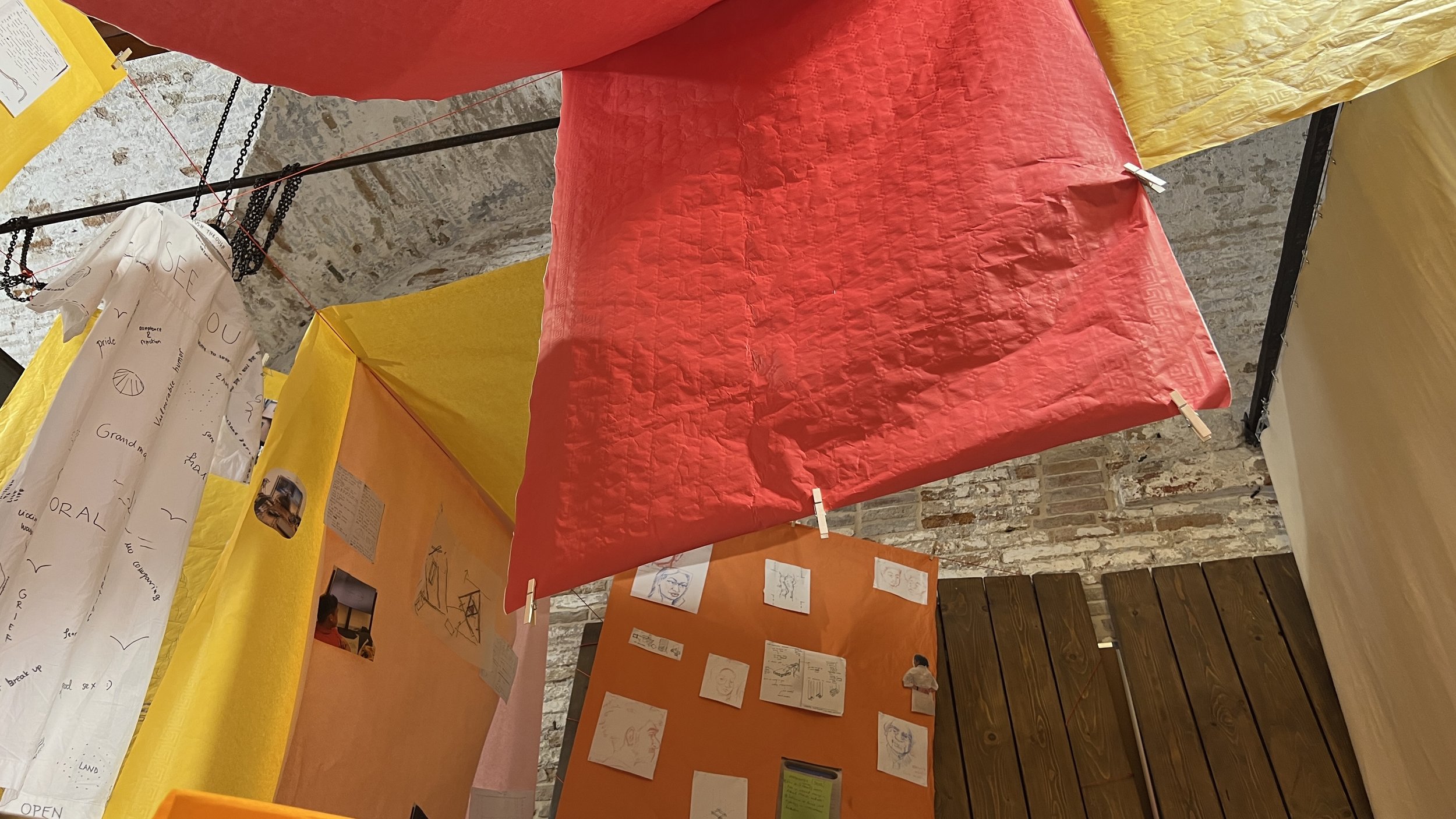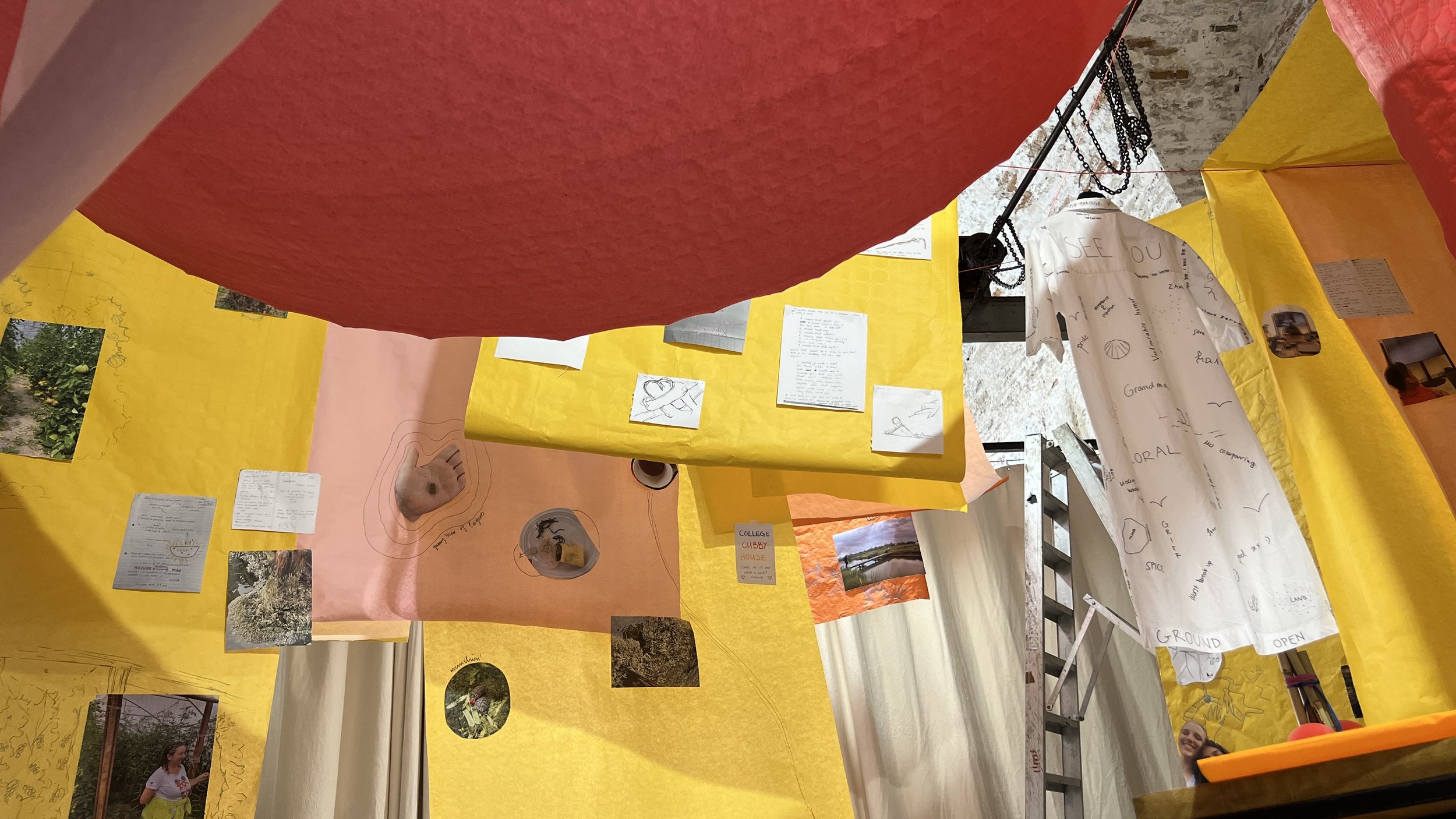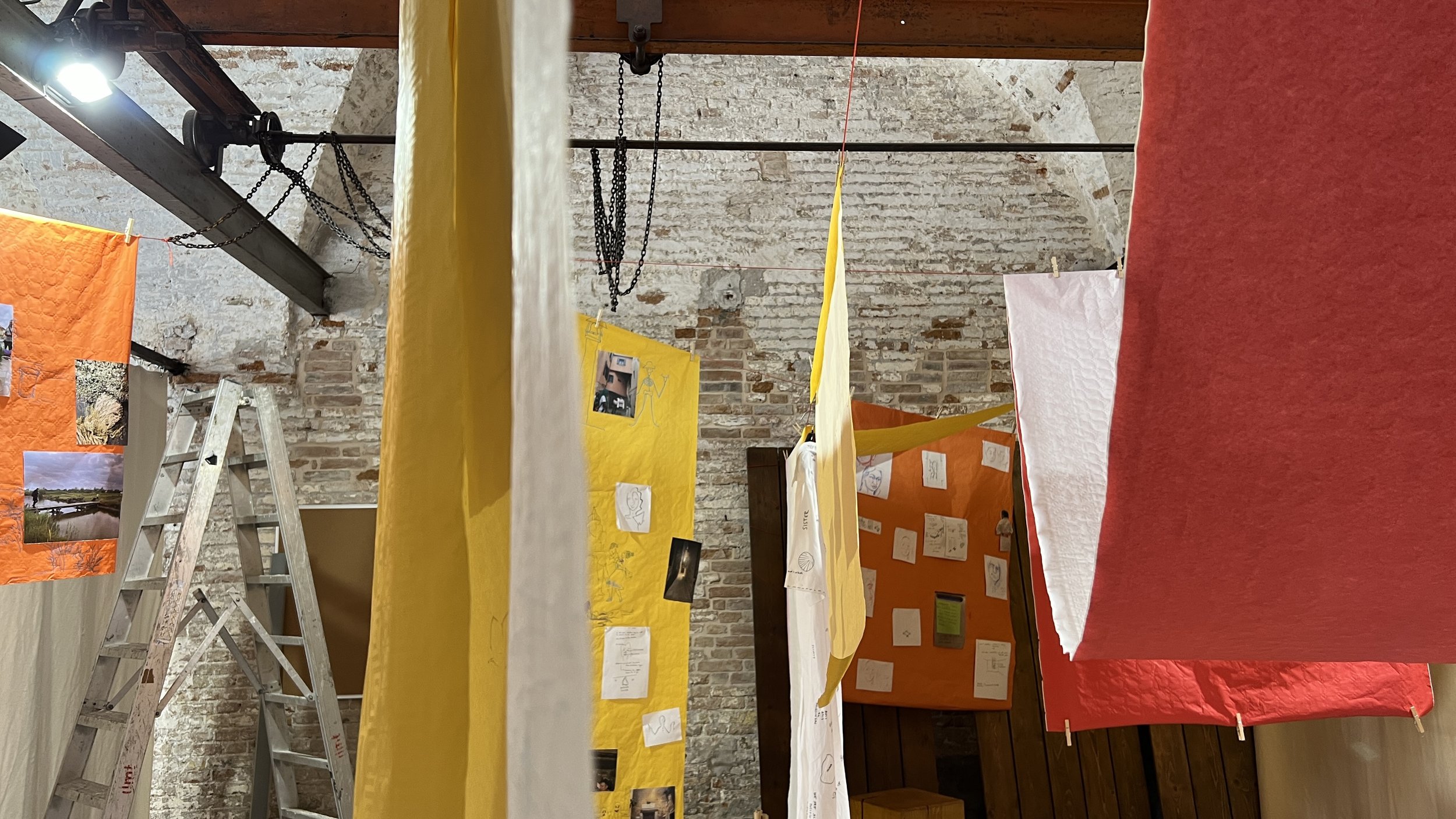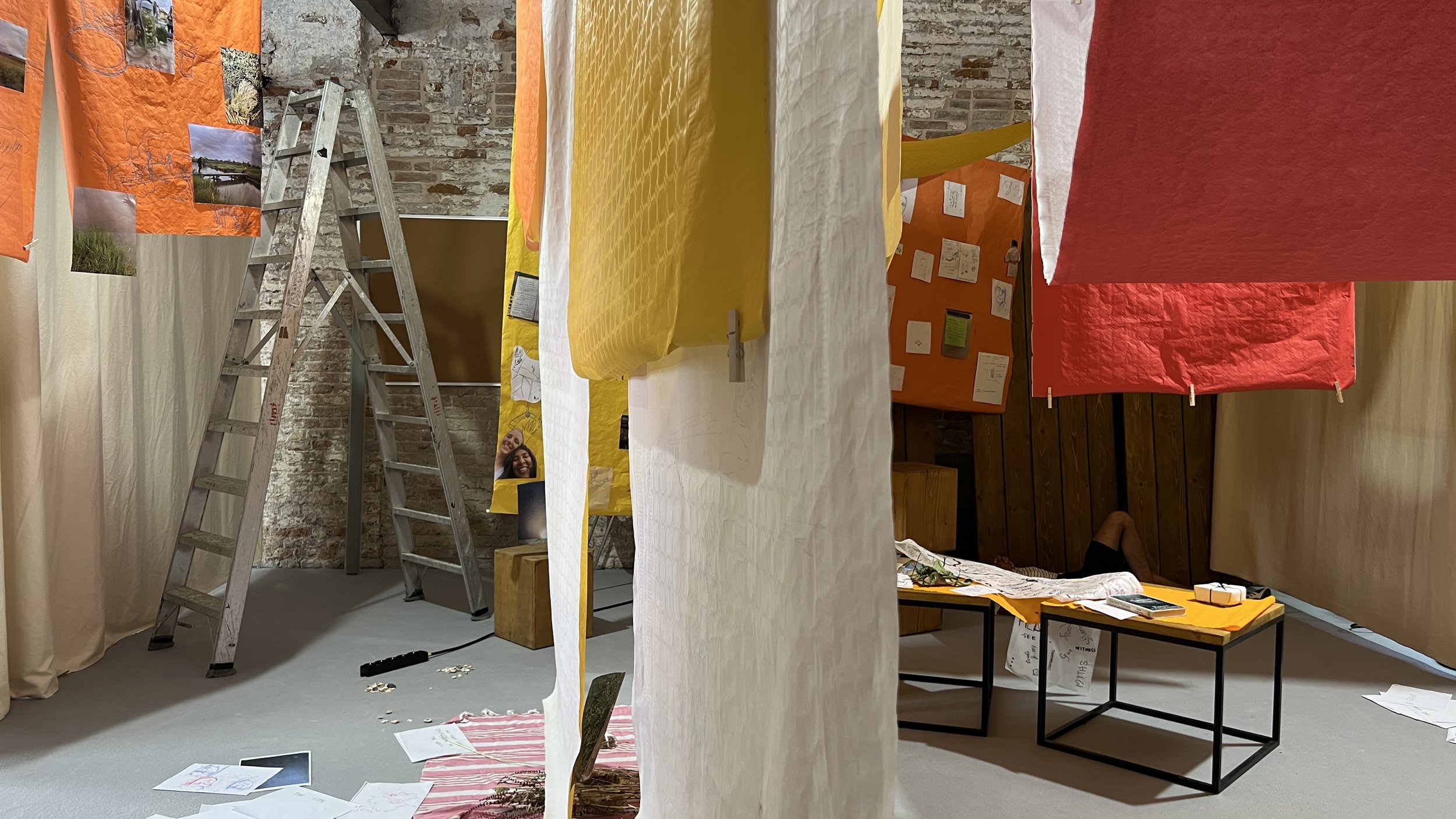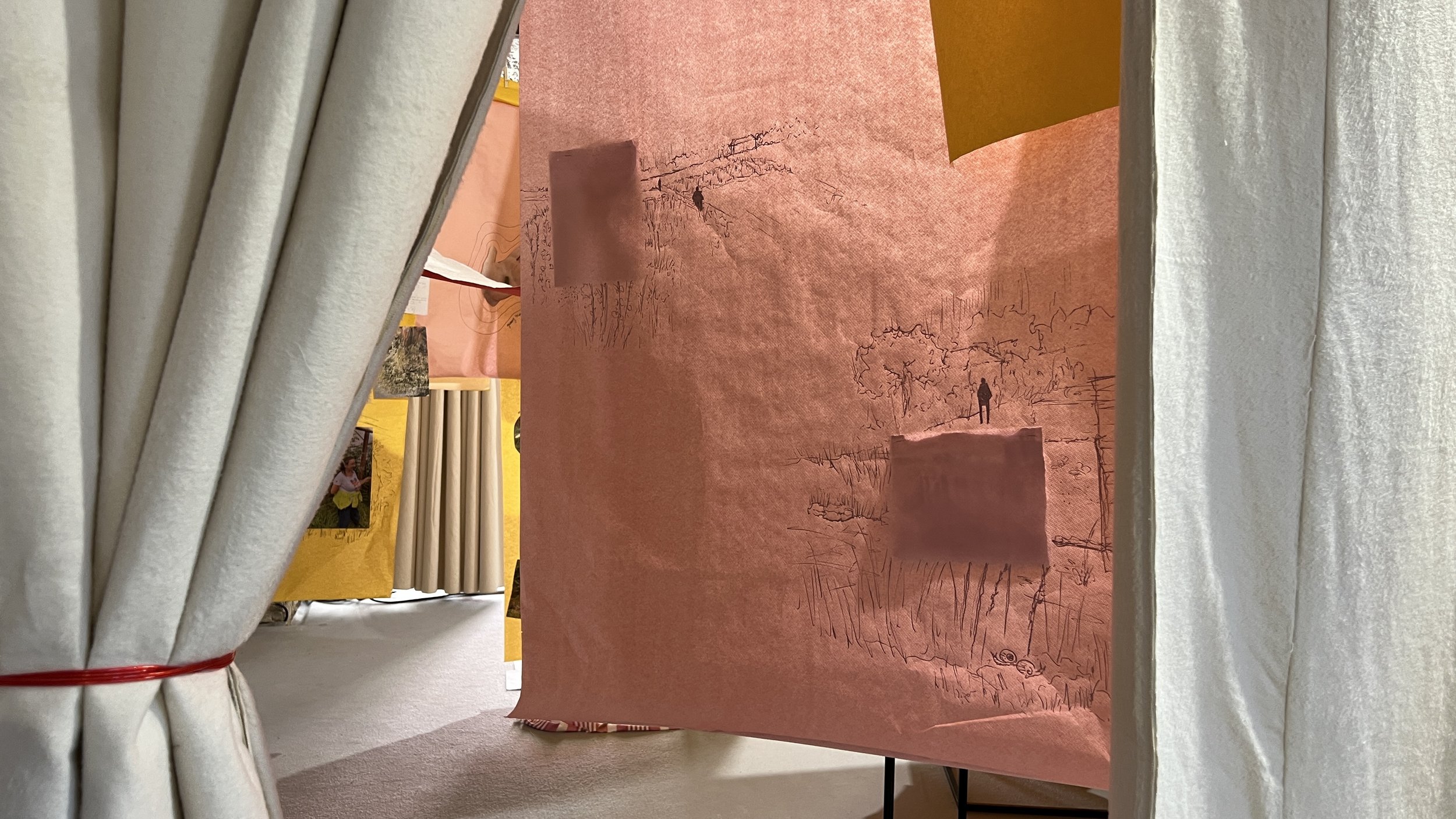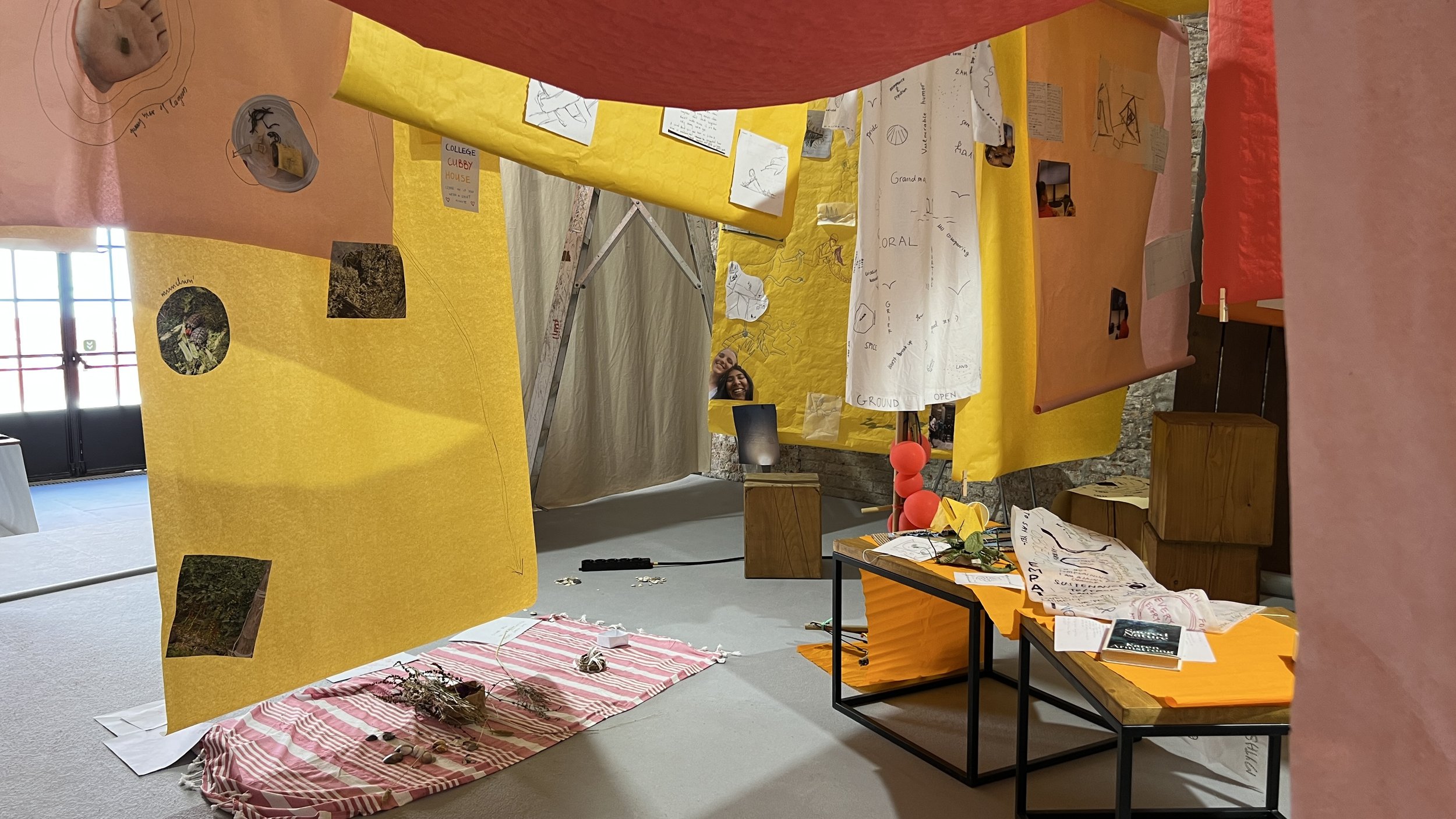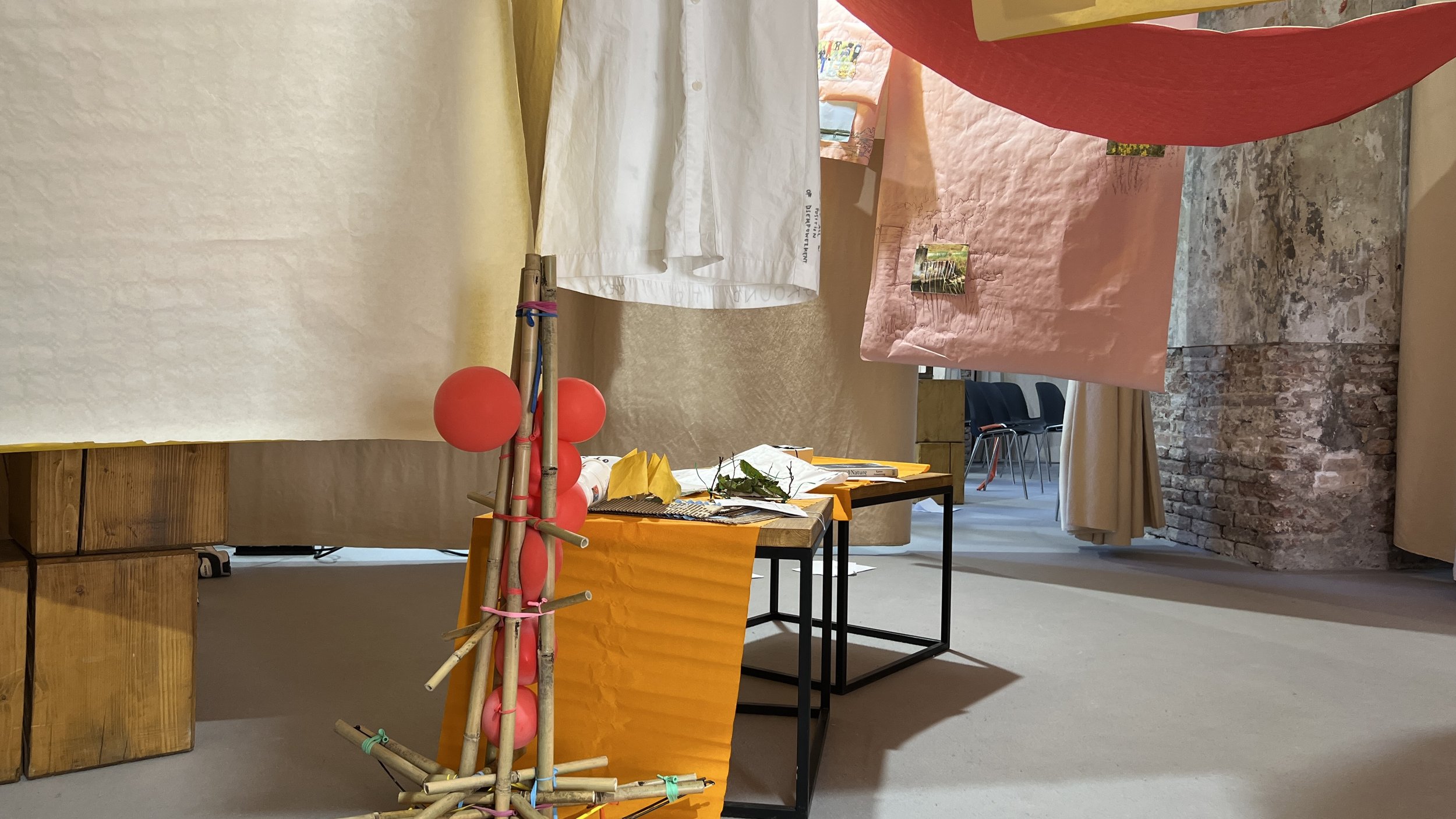VENICE BIENNALE ARCHITECTURE 2023
RADICAL EMPATHY - MONSTERS
advised by Rahesh Ram
with Bonnie Bopela, Ian Davide Bugarin, Antea Divic, Kawthar Jeewa, Katesi Kalange, and Maria Venegas Raba
“Monsters are those who have been wronged and seek justice”
Naomi Rincon Gallardo
They come out only at night, not hiding, but find comfort under the moonlight. They are misunderstood, not impossible to be understood. They embody the unfamiliar, the weirdos, and all of us. When you look a little deeper inward, a monster is within you.
With a mindful gaze, we embarked upon a journey that transcends the frontiers of conventional understanding. In this odyssey, we unmask the enigma of monstrosity. Seeds of rebellion sprout, blossoming into empowerment myths, challenging the roots of convention. We extend an invitation to all who reside in societies plagued by fear and suppression. Take a moment to explore your surroundings, observe, and truly listen. For within the depths of this darkness, some yearn to break free.
The monster may not look like a monster. My monster looks into its radical act of longing and anxiety. Perhaps it is radical to care for things that have not disappeared yet. Solastalgia is a body of thought investigating the nostalgia that might occur in the near future, a sense of longing that comes, fearing the loss of things that we have now and might disappear soon.
The Radical Empathy unit is an effort to challenge the Western notion of architectural pedagogy. As a group, within the 3.5 week program in Venice, Italy, the unit constantly sought an alternative method in conversing about architecture and how it can promote an act of decolonization and decarbonization, as the presupposed discourse often compartmentalizes and institutionalizes our understanding of our resources.
Radical Empathy looks for a way to listen, document empathy, and present them to broader public in order to create sustainable model in approaching architecture.
Over one month, the unit researched alternative methods in approaching architecture that is grounded through myths, rituals, and identities, and represent the findings through multiple forms of exhibitions: spatial transformation, knowledge transfer, and film. As a result, Radical Empathy formed a collective called “Monsters of Radical Empathy,” who seek a different perspective in tackling architecture more effectively that cares for the land, the community, and the unheard voices
